

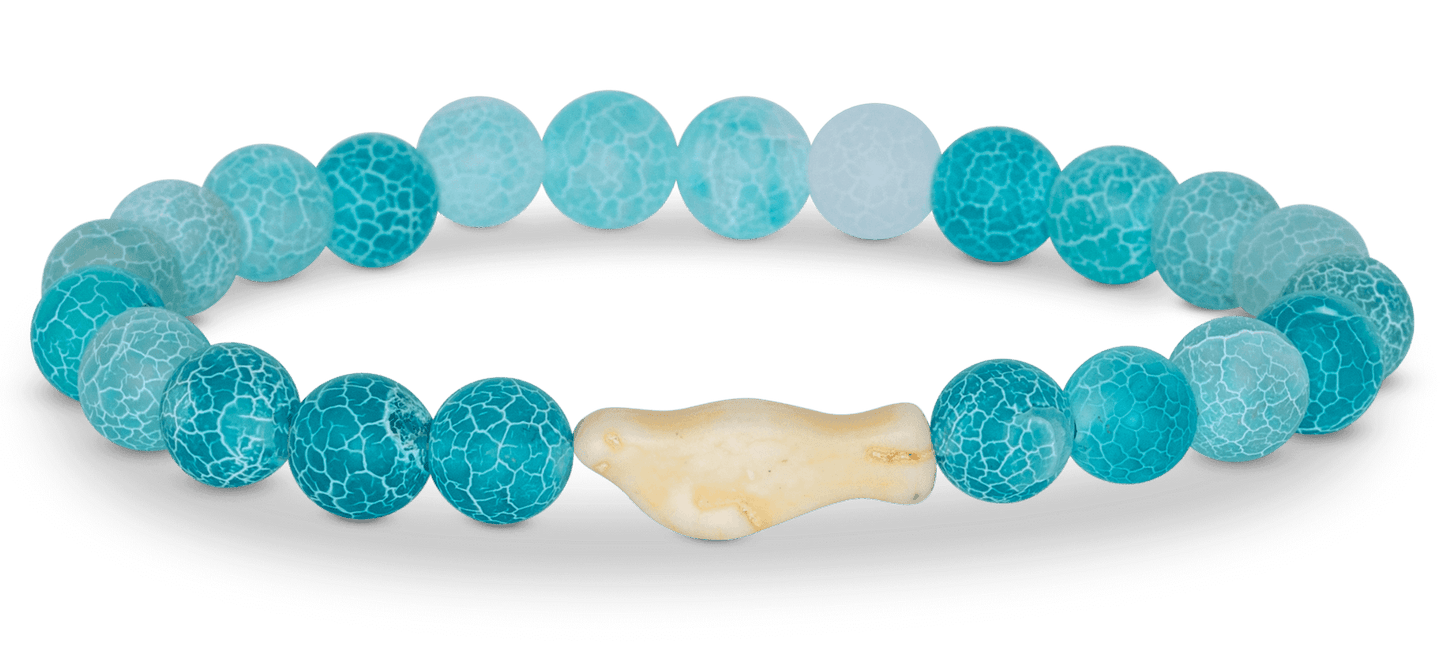

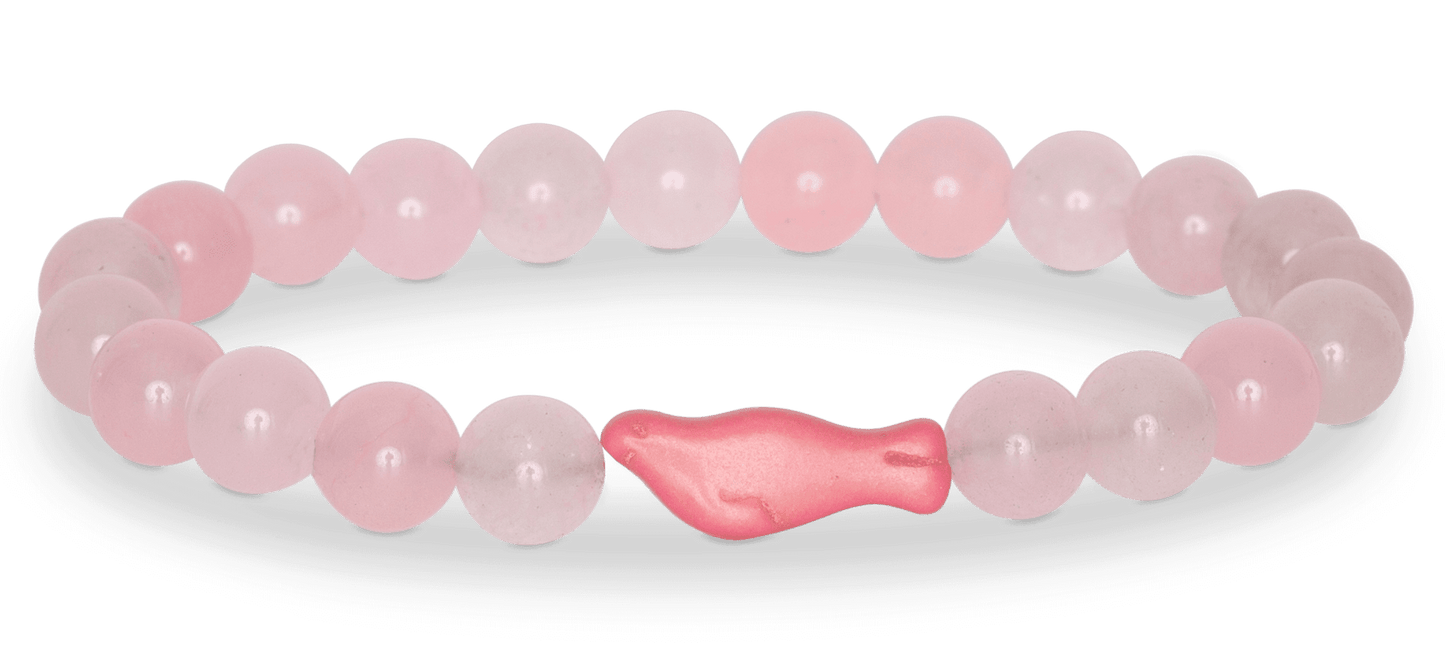

Each Bracelet Comes With
a Real Seal To Track
Each Bracelet Comes
With a Real Seal to
Track
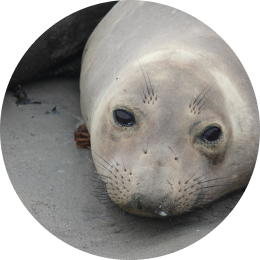
Meet your seal and learn their story
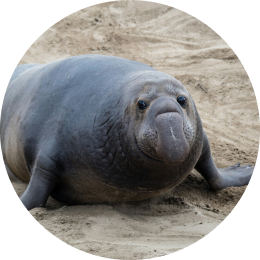
Reveal exclusive stats, photos, and updates
along the way
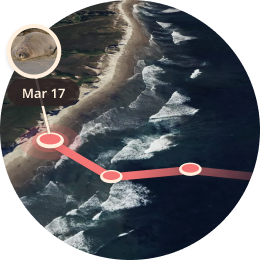
Follow their path on an interactive tracking map

In partnership with UC Santa Cruz Beltran Lab + Seymour Marine Discovery Center
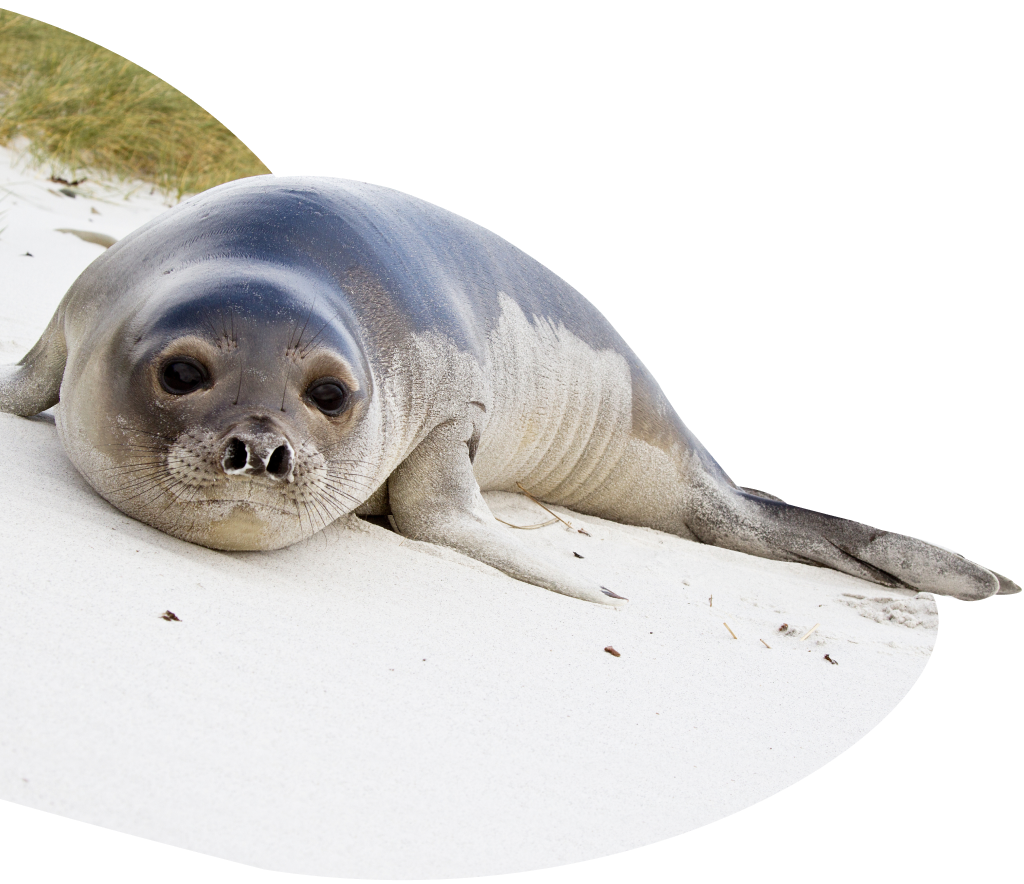
Made in partnership with UC Santa Cruz Beltran Lab + Seymour Marine Discovery Center to support their work protecting northern elephant seals on California’s coast. Fahlo's goal is to help support their mission alongside vital research into their biology, ecology, and at-sea behavior.
One small bracelet.
One big mission.
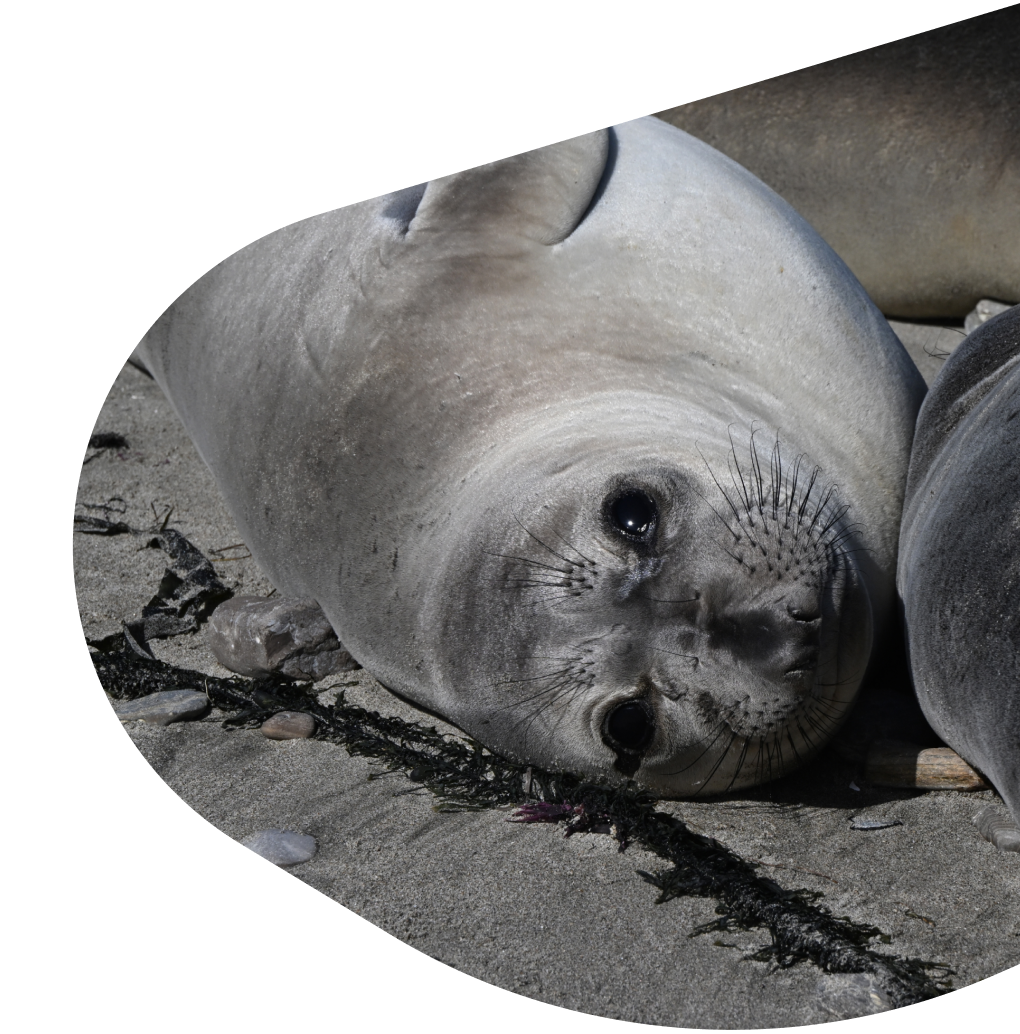
Common Questions
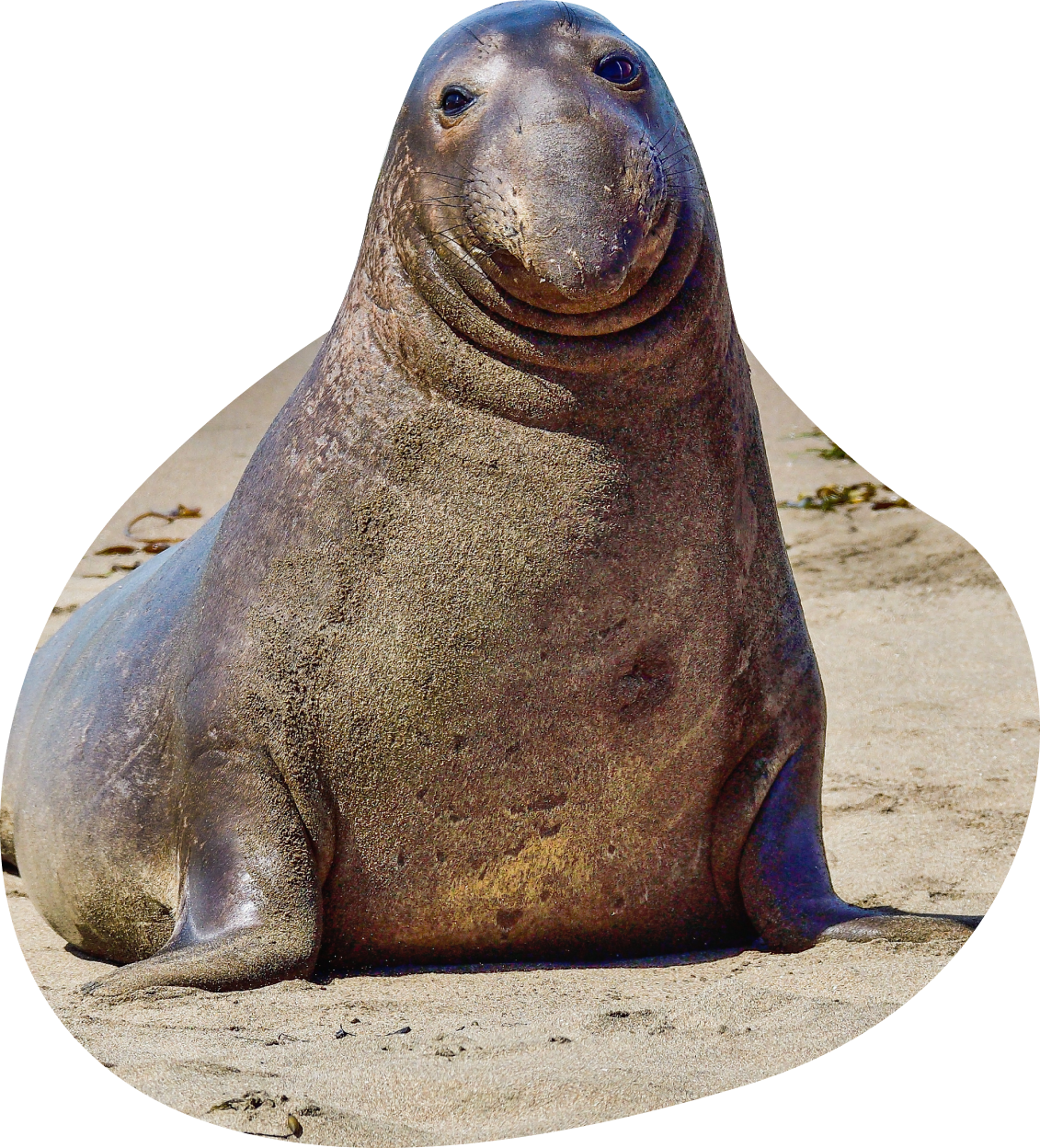
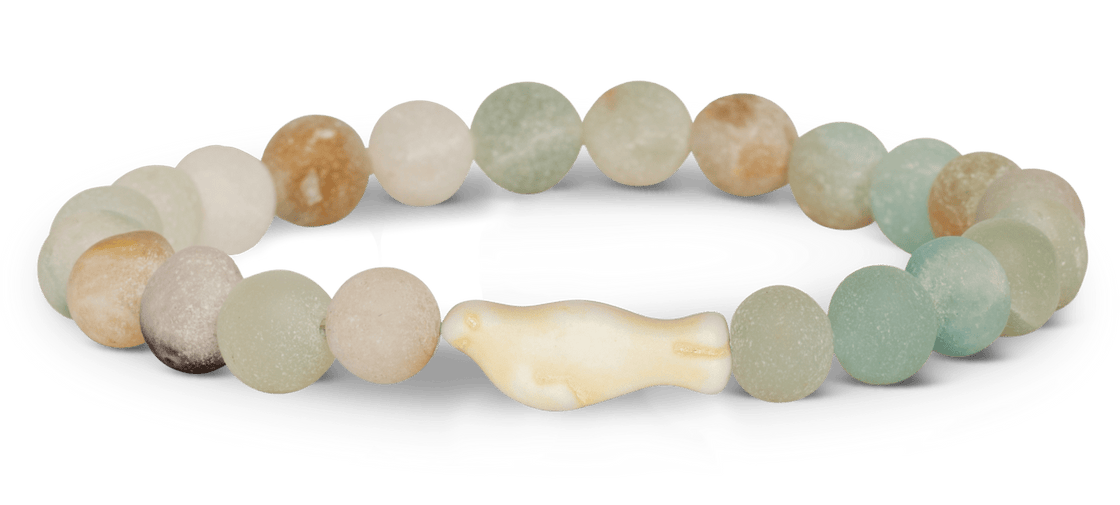

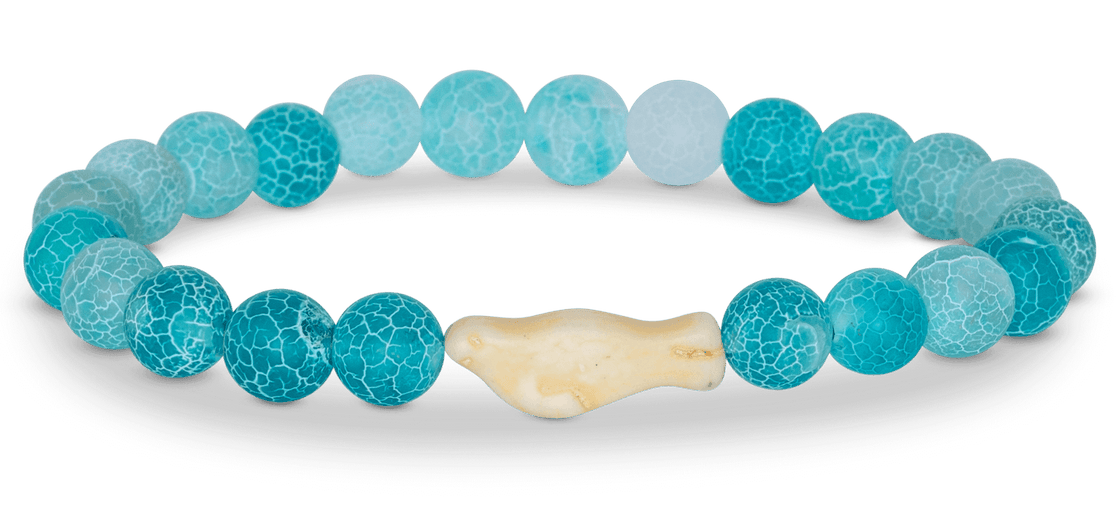
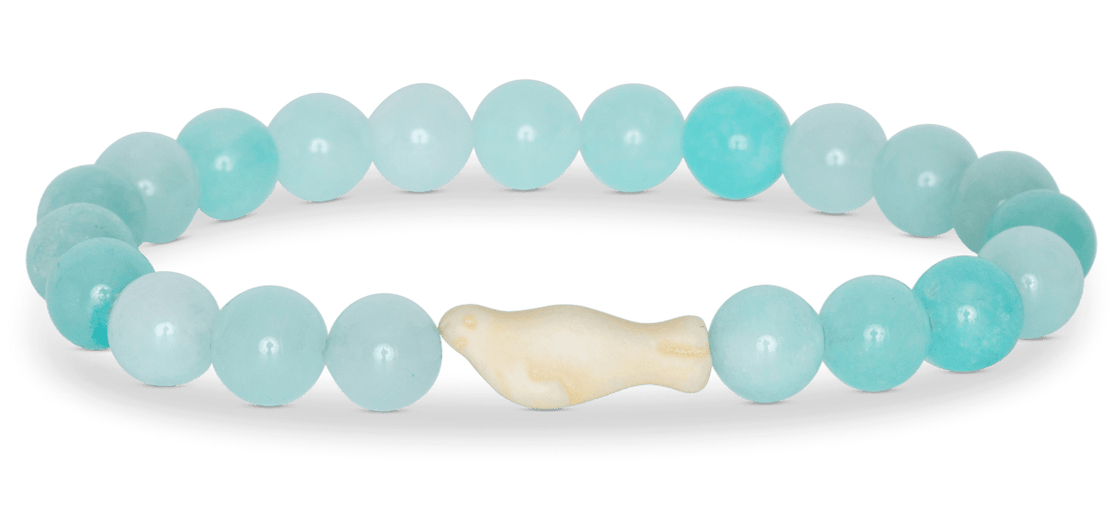

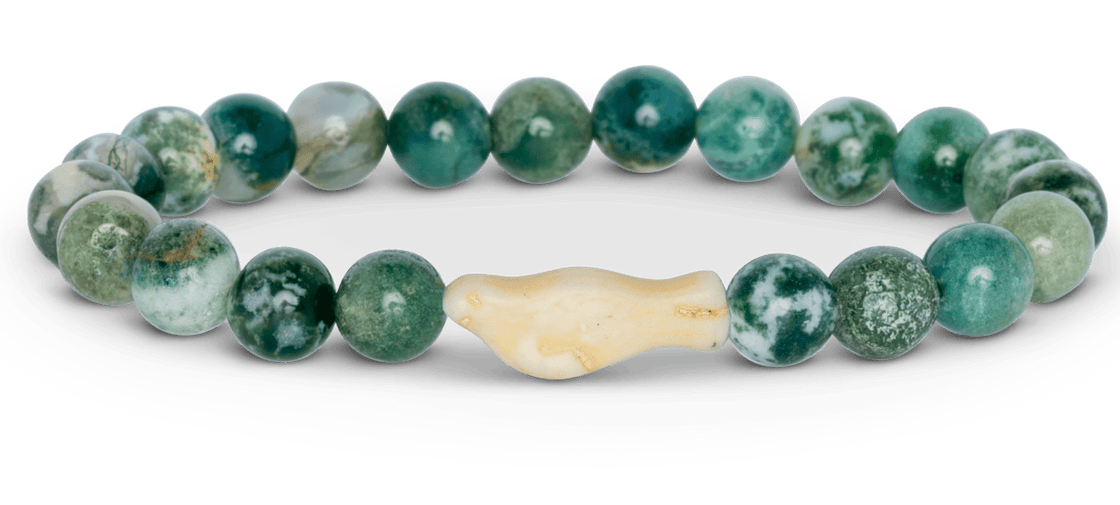
 This animal’s safety guarded with the Fahlo Protection Ping™
This animal’s safety guarded with the Fahlo Protection Ping™ Add 3 or more bracelets and get free shipping!
Add 3 or more bracelets and get free shipping! Fahlo donates 10% of all profits to our nonprofit partners
Fahlo donates 10% of all profits to our nonprofit partners Sizing: Elastic, one size fits most
Sizing: Elastic, one size fits most SSL Secure Checkout
SSL Secure Checkout Worldwide Shipping
Worldwide Shipping Dedicated Customer Service
Dedicated Customer Service 100% Happiness Guarantee
100% Happiness Guarantee